
Farmers in Dong Hai commune, Duyen Hai district raise high-tech shrimp in floating tanks.
Aquaculture output in the first 8 months of 2024 reached 162,349 tons, reaching 66.29% of the plan, an increase of 4,400 tons over the same period. Of which, farming output was 130,268 tons, reaching 67.71% of the plan, exploitation was 32,081 tons, reaching 60.74% of the plan. In addition to traditional farming areas, high-tech shrimp farming has developed well. In particular, there are currently 270 households, more than 128 hectares granted farming registration certificates (Duyen Hai 151 households, 82.706 hectares; Duyen Hai town 34 households, 22.588 hectares, Cau Ngang 84 households, 22.436 hectares, Chau Thanh 01 household, 0.31 hectares).
Looking back at the development of the province's aquaculture industry, people started raising shrimp in early 1990, initially mainly in the form of improved extensive and semi-intensive farming. By 2000, after the State had a policy of investing in developing hatcheries and intensive farming, along with the establishment of a logistics service network such as: breeds, feed, chemicals, purchasing, processing..., intensive farming of black tiger shrimp began to develop.
After nearly 25 years of development, with the determination of all levels, sectors, enterprises and farmers, brackish water shrimp farming is now developing in line with the general trend of the Mekong Delta region. Many electricity, traffic and irrigation works have been invested in upgrading and improving, the logistics service network has gradually met the demand; forms have been updated with technical advances; state management has increasingly tightened control over input and output... so the area, output and value have all increased every year, contributing to raising the average income and economic life of rural people.
Particularly, the high-tech shrimp farming movement was formed and developed since 2017, mainly white-leg shrimp, with an area of 145 hectares and a yield of 35 - 40 tons/ha/crop. By 2023, the area of high-density intensive shrimp farming will reach 1,100 hectares, with an output of 35,438 tons, accounting for 39.4% of brackish water shrimp output, accounting for 46.3% of white-leg shrimp output, with a yield of about 45 - 60 tons/ha/crop (an increase of 10 - 20 tons/ha/crop compared to 2017). With the results achieved in productivity, output and economy, high-tech shrimp farming has more and more farmers boldly investing... Currently, the main form of intensive white-leg shrimp farming is 02 - 03 stages combined with biogas tanks for environmental treatment; Super intensive farming of white leg shrimp in floating tanks, super intensive farming of white leg shrimp in greenhouses.
Along with the advantages, the shrimp industry of the province still has difficulties and limitations such as: traffic infrastructure, irrigation,... serving intensive shrimp farming, high technology has not met the requirements, the service of supplying input materials such as quality and price of seeds, feed, medicine, preparations is not stable, the planning of super-intensive shrimp farming area of the province is not synchronous. The farming environment in some places is polluted, diseases appear that are difficult to handle. The organization of production linkage is slow to develop, lacking in coherence; logistics services are limited, high costs...
With the determination to apply high technology to aquaculture as the goal, in order to implement Resolution No. 08-NQ/TU, dated January 23, 2017 of the Provincial Party Standing Committee on developing high-tech agriculture in the province for the period 2016 - 2025 and orientation to 2030, with the goal of "Creating a strong change in thinking and organizational methods towards large-scale commodity production, value chains, modernity and sustainability based on the foundation of high technology application, food safety and hygiene and environmental protection"... in 05 years (2019 - 2023) on the application of science and technology in production, there are 23 shrimp farming households certified for good production (VietGAP and equivalent) with an area of 07 hectares.
Currently in the province, shrimp feed is mainly supplied from companies outside the province: CP, Grobest, GroMax, Long Thang, Thang Long, TongWei, UP, Tomboy, Hai Dai, Viet Hoa... about 150 chemical and biological product companies are operating and supplying enough materials.
High-tech shrimp farming, cooperation is needed for sustainable development is the goal that the province is focusing on implementing, will promote the application of high technology in aquaculture, to achieve the goals according to Resolution No. 08-NQ/TU; forming production models applying high technology for the province's key agricultural products, with the participation of cooperation and association of economic sectors. Improve productivity and product quality in accordance with national and international standards, meeting the requirements of domestic and export markets. Increase value per unit area and increase income of producers; build brands, enhance competitiveness for agricultural products of the province.
It can be seen that economic integration is increasingly deep, building and developing high-tech agricultural value chains is an inevitable trend. The province is oriented to develop high-density intensive shrimp farming in the coming time based on the plan to develop the shrimp industry in Tra Vinh province for the period 2021 - 2030, with a vision to 2050 (according to Decision No. 1925/QD-UBND, dated September 29, 2022 of the People's Committee of Tra Vinh province). By 2025, develop a brackish water shrimp farming area of 34,249 hectares (super-intensive farming of 2,000 hectares), with an output of 171.88 thousand tons, concentrated in Cau Ngang, Duyen Hai districts and Duyen Hai town. By 2030, maintain a stable brackish water shrimp farming area of 34,249 hectares (high-density intensive farming of 3,617 hectares). Estimated output is 286,330 tons (super intensive farming 162,000 tons). In 2050, maintain stable brackish water shrimp farming area of 36,620 hectares (of which, high density super intensive farming 6,323 hectares). Estimated brackish water shrimp output is 392,580 tons (super intensive farming 280,000 tons).
To achieve important targets, the efficiency corresponding to the potential and strengths of the province, especially high-density intensive shrimp farming, needs cooperation for sustainable development; the province will reorganize production in the direction of linking the industry value chain: encourage businesses to pay attention to deep processing, maximize the capacity of factories to create value-added products, diverse, suitable for export markets and consumers. Implement policies to support shrimp farming development; joint ventures and associations to expand the market and encourage businesses outside the province to invest in the province's brackish water shrimp industry.
Promote the transfer and application of scientific and technological advances; apply water-saving farming technology, apply circular technology, biotechnology... associated with effective production linkage models to help farmers and businesses reduce losses and proactively produce. Coordinate with institutes, research centers, and universities to promote research and selection of fast-growing, disease-free shrimp breeds to proactively supply to shrimp farming areas.
Article and photos: TRUONG NGUYEN
Source: https://www.baotravinh.vn/kinh-te/hop-tac-de-phat-trien-ben-vung-vung-nuoi-tom-cong-nghe-cao-39933.html



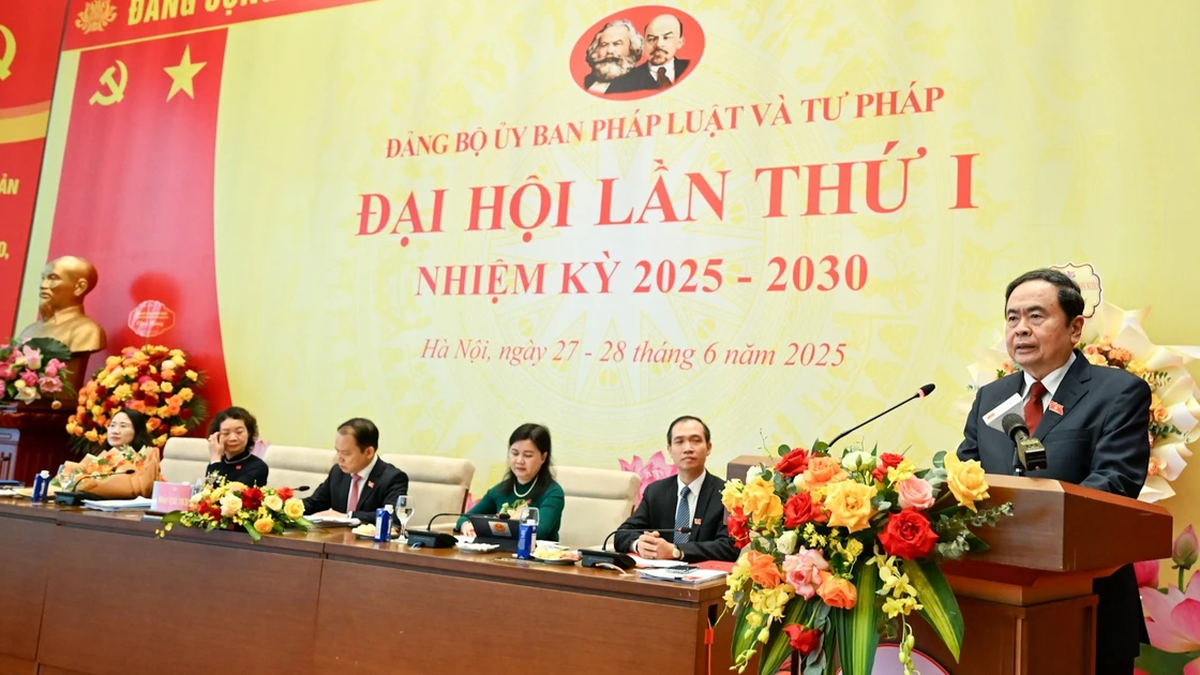


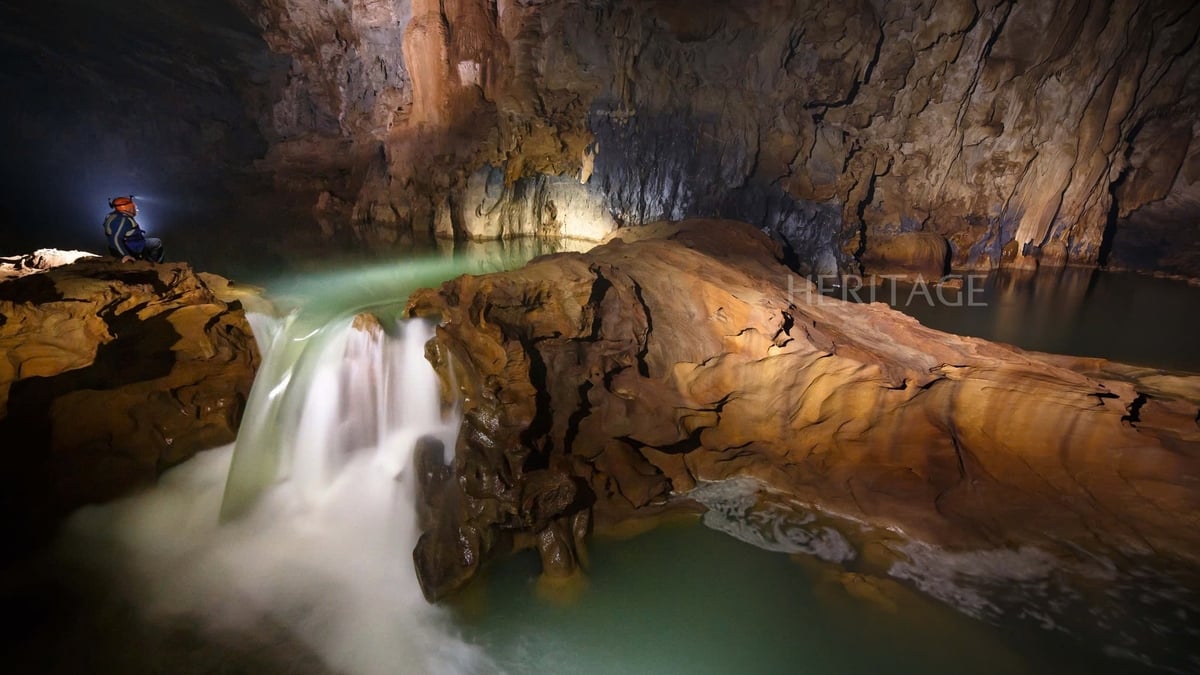

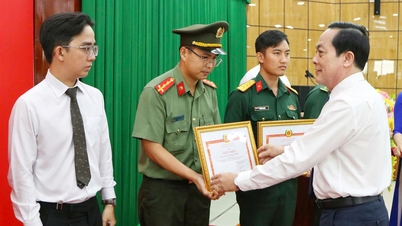

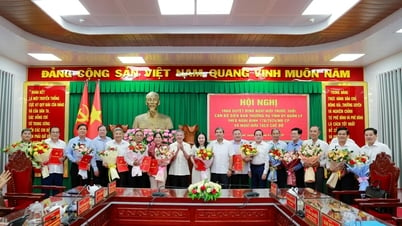




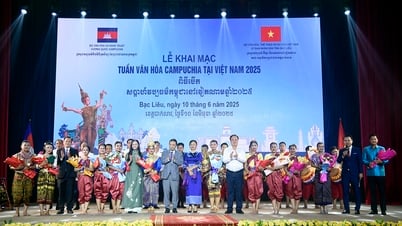








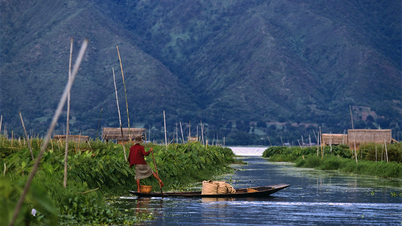
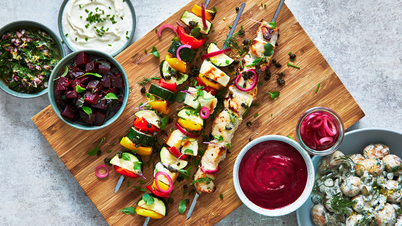
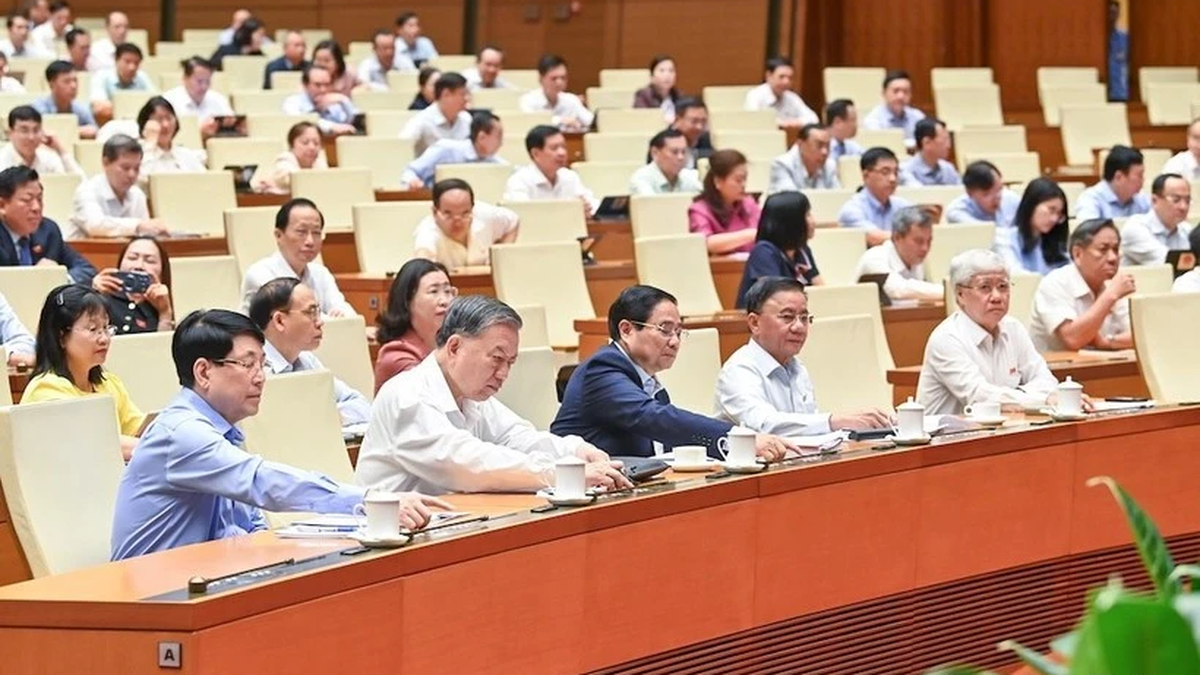

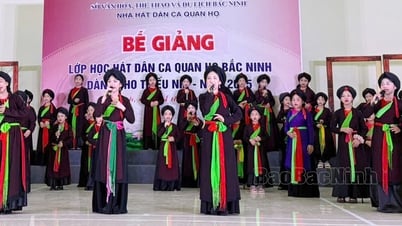



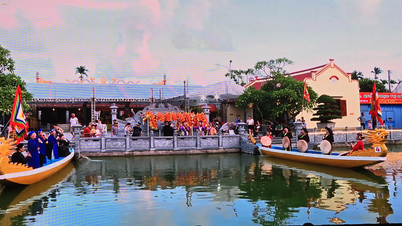

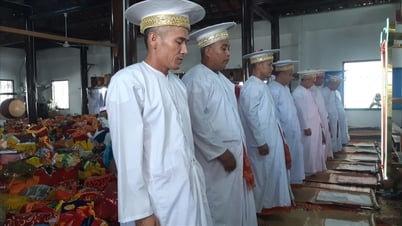

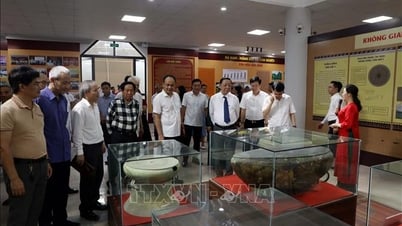





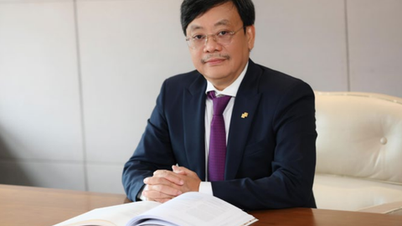





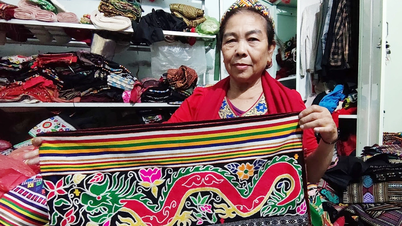




















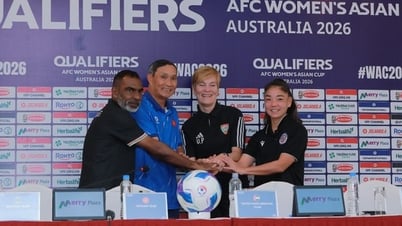
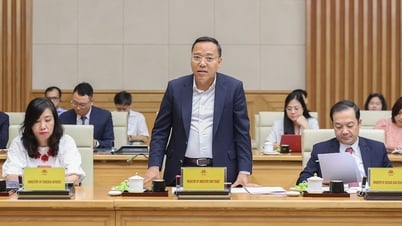



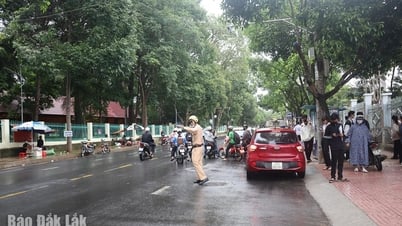

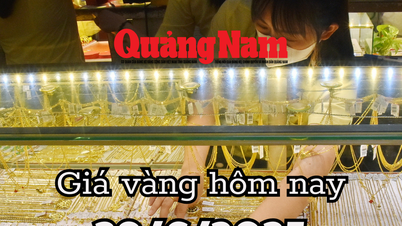

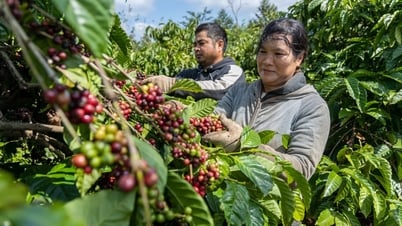
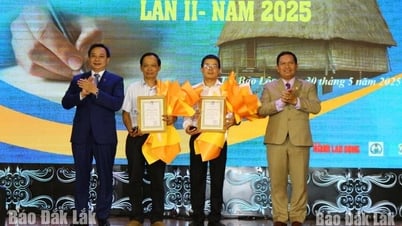

















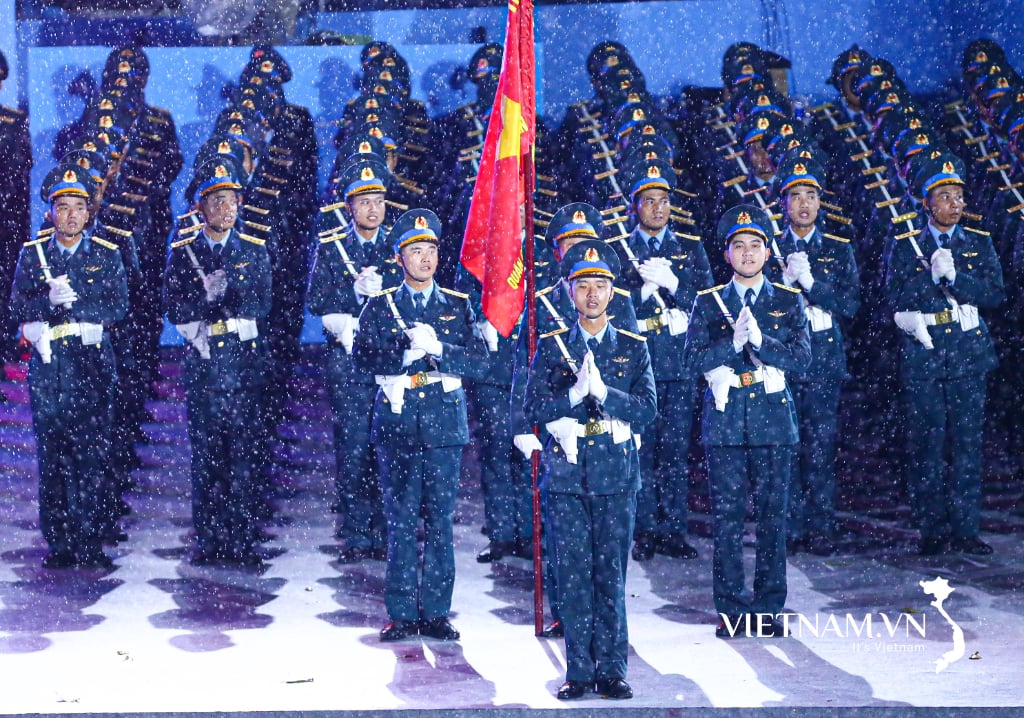
Comment (0)